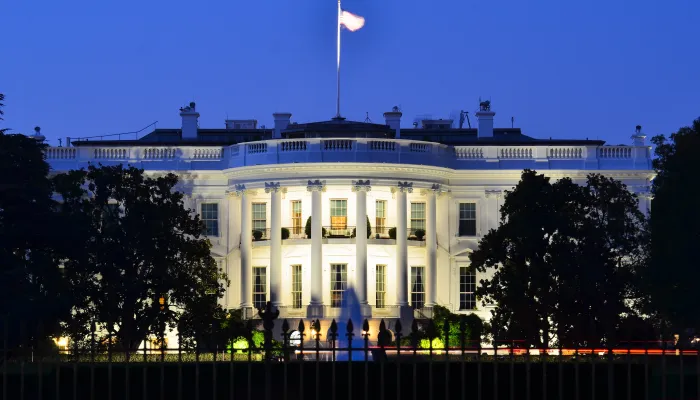President's Budget Does Little to Address High and Rising Debt
For Immediate Release
President Biden just released his Fiscal Year (FY) 2022 budget, the first full budget of his presidency, which lays out his tax and spending agenda over the next decade. The budget both reflects and offers more details on the President’s American Jobs Plan, American Families Plan, and discretionary spending plans. Under the budget’s own estimates, deficits would increase by $1.4 trillion over a decade relative to current law, which already assumes ten-year deficits of $13.2 trillion, and debt would rise from 100 percent of Gross Domestic Product (GDP) at the end of FY 2020 and 110 percent at the end of FY 2021 to 117 percent of GDP by 2031.
Our preliminary analysis of the budget is available here and a full analysis will be published on our website later in the day. The following is a statement from Maya MacGuineas, president of the Committee for a Responsible Federal Budget.
The President’s budget offers an important blueprint for how he plans to move to a significantly larger and more investment- and child-oriented federal budget and how he will finance these new costs. We are encouraged that the President continues to offer concrete proposals to pay for his legislative agenda over time, and we strongly support the administration’s insistence on offsetting new spending.
Yet the President’s budget takes too long to pay for his initiatives and does little to address our high and rising debt, lower health care costs, or secure major trust funds headed toward insolvency.
The budget proposes $5 trillion of spending and tax breaks and only pays for three-quarters of the cost, leaving nearly $1.4 trillion of higher debt. Debt under the budget would hit new records almost every year.
Furthermore, before we enact trillions of dollars in new initiatives, we need a plan to finance or cut back what we’ve already committed to. Any comprehensive plan to invest in the future must address our unsustainable fiscal outlook. We should work to leave our children a strong economy and a sound budget, not a mountain of debt.
To the President’s credit, his budget proposals would begin to reduce deficits by the end of the decade and would improve the long-term budget outlook by financing temporary spending with a permanent boost in revenue. The President is absolutely right: more tax revenue will be needed to finance the rising costs of our nation’s health and retirement programs. But spending reforms will need to be part of the equation as well, and much more needs to be done
We encourage Congress to work with the President to enact legislation that balances the goal of making new investments with the need to bring our debt under control. It is not the President’s fault he inherited such a precarious fiscal situation, but as President, it is his responsibility to address it. His agenda to invest in the next generation is admirable, but it will not be successful by borrowing from them to do so.
Please see our preliminary summary and analysis of the President’s budget, available here. A full paper will be released later today.
For more information, please contact Ben Tomchik, deputy chief of staff, at tomchik@crfb.org.


